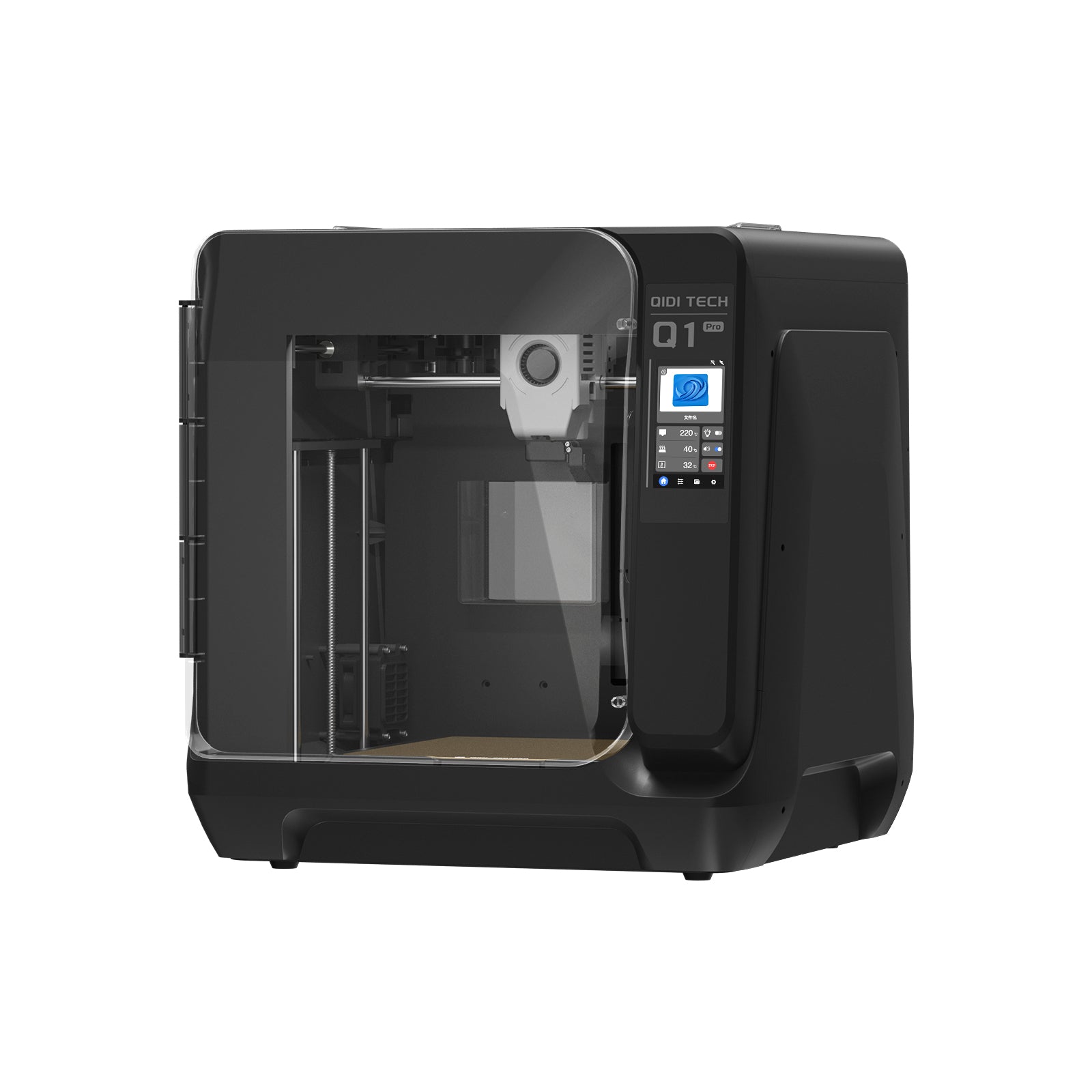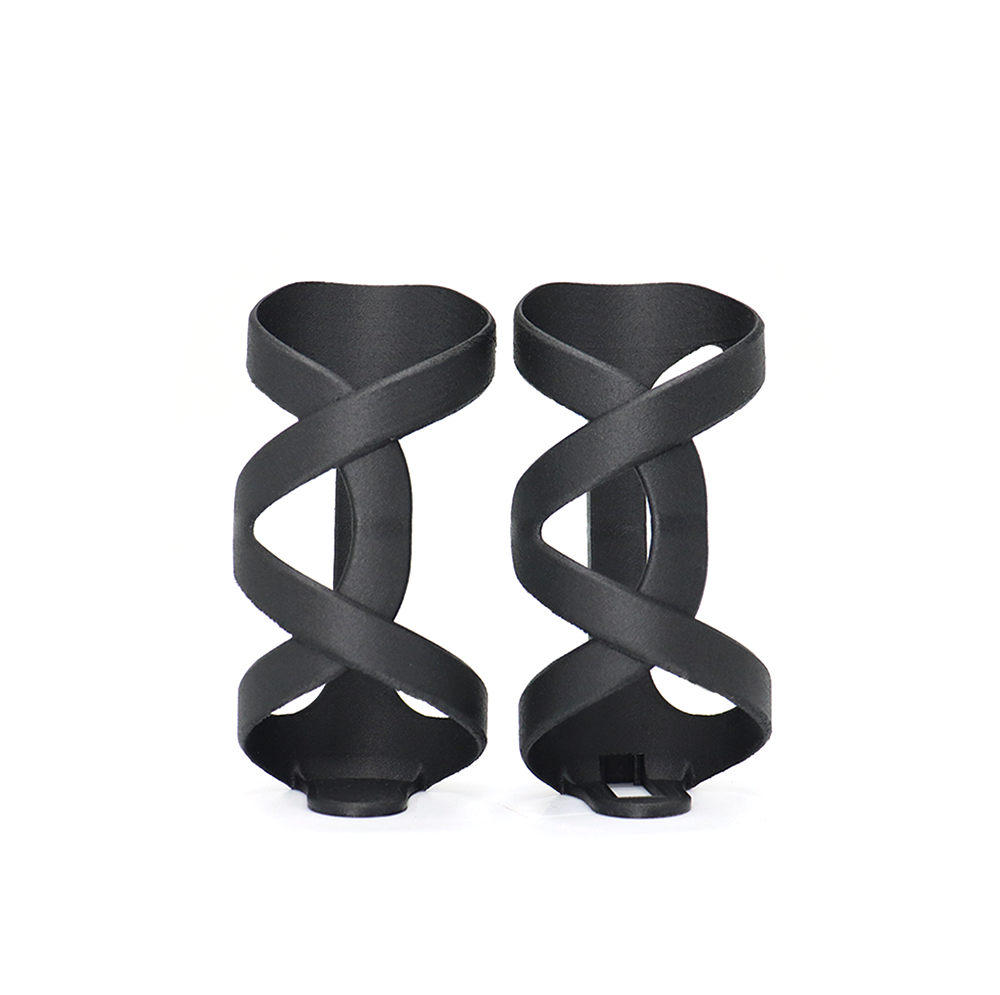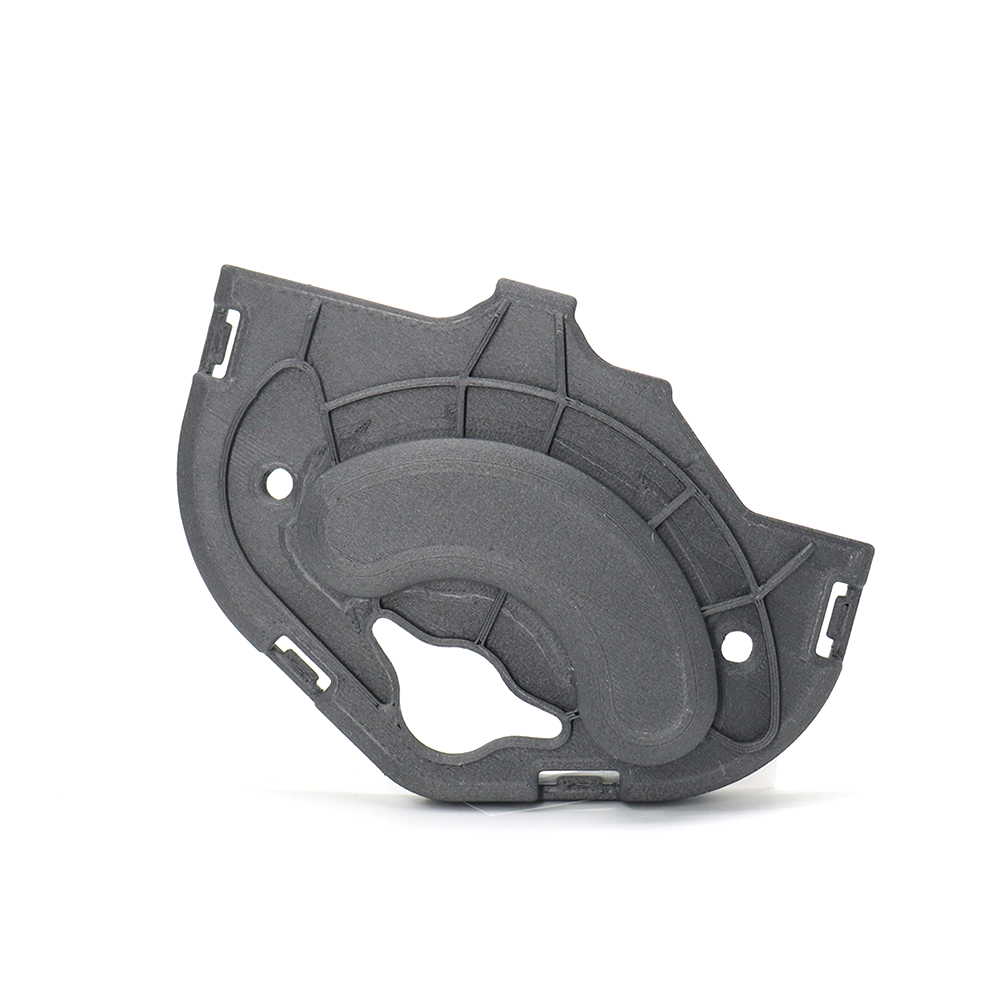How to Prevent 3D Printer Thermal Runaway
Table of Contents
Do you know how much danger lurks inside your 3D printer? Thermal runaway is an important issue that can turn every casual print job into a possible hazard.
This guide will teach you how to avoid thermal runaway, save your printer, your projects, and your safety. Causes of the problem will be discussed, and some practical steps on how to avoid it will be given. Whether you are a new comer into 3D printing or a seasoned user, the following information will prove indispensable in keeping your printing environment safe.

What Is Thermal Runaway in 3D Printers?
Thermal runaway occurs when the heating system of a 3D printer cannot regulate the temperatures properly. The temperatures continue rising uncontrollably. These usually occur when there is an incorrect reading by the temperature sensor. Upon receiving this signal, the printer tries to "correct" this. This action, in fact, escalates the situation.
How Thermal Runaway Happens
The leading cause of thermal runaway in 3D printing is a fault in the system controlling temperature in the printer. In any case, this system depends on a correct interrelationship between heating elements and temperature sensors. If the sensors break down or heating parts get damaged, or the software develops faults, the printer cannot maintain safe temperatures.
Dangers of Thermal Runaway
Thermal runaway can cause serious problems:
- Fire Risk: Very high temperatures can set nearby materials on fire.
- Printer Damage: Too much heat can melt or warp important printer parts.
- Harmful Gases: Overheated plastic might release dangerous fumes.
- Ruined Prints: Thermal runaway always destroys the object being printed.
- Electrical Problems: Long periods of overheating can harm the printer's power system.
These risks put into light why thermal runaway is important to prevent, and also to catch it early. You can protect your printer and keep your workspace safe by monitoring for signs of trouble and taking safety precautions.

Main Causes of Thermal Runaway in 3D Printers
Thermal runaway can be caused by a number of factors in your 3D printer. Being aware of what these are will help you to avoid potentially hazardous overheating. Here are the main causes:
1. Sensor Problems
Thermistors in your printer measure the temperature; however, they tend to drift with time and thus become inaccurate. This "thermistor drift" may be causing overheating in the printer due to some false low-temperature readings. Precise temperature information is important for safe printing, since even minor errors can trigger major problems.
2. Heating Element Failures
These are warning signs that may be inclusive of the printing temperature may be uneven, it takes longer than usual to start heating, or any kind of peculiar noises. It is important to identify problems early by identifying these warning signals. Electrical connections have also been rated to be very hazardous. Poor insulation of wiring and loose wires result in poor reading of the actual temperature about the hot-end, result in sudden overheating, and subsequently may catch fire.
3. Software and Firmware Issues
Slicer software, which is used in preparing 3D models, can also lead to thermal runaway if temperatures set are wrong. These settings need to be always double-checked before printing. Printer firmware comes in handy also. Firmware infected or of older versions may misinterpret the temperature data given or they may not act upon overheating. Regular updating of firmware can prevent these factors and also keep the printer safe.

Practical Ways to Prevent Thermal Runaway in 3D Printers
Preventing thermal runaway involves taking care of your printer's environment, software, and hardware. These simple steps can significantly reduce the risk of overheating and keep your 3D printing safe.
1. Control Your Printer's Environment
Position your printer in a room that can maintain a constant temperature. The target value will be within 20-25°C, which is roughly equivalent to 68-77°F. You may use a thermometer to check the room. If the temperature fluctuates more than one degree, you can adjust the temperature with a small space heater or small air conditioner.
Place your printer at least 10 cm (4 inches) away from walls. Place a small desk fan to blow surrounding air (gently) near the printer, not directly at it. This will help in dissipating the hot air and keep the printer cooler.
2. Update and Set Up Software Correctly
Update your printer's firmware once a month. Check the website of the manufacturer for updates. For most slicing software, there is an option to automatically check for updates.
Activate thermal runaway protection in the settings of the printer. Check the temperature limits in the slicing software. Normally, you should not exceed 260°C (or 500°F) on your hot end and/or 110°C (or 230°F) on the bed for most plastics.
3. Maintain Your Printer Regularly
Check your printer's wires, hot end, and heating elements every week. Use a soft brush to clean off dust. Also, check if plastic has built up on the nozzle.
Change the nozzle every 3-6 months if you print regularly according to the situation . Change the thermistor and heating cartridge once a year, or if you find problems with the temperature.
Wiggle each wire connection softly each month. If any of them feel loose, take the time to tighten them carefully. Pay extra attention to the hot end and control board connections.
How to Keep Your 3D Printer Safe While It's Working
Safety matters most when your printer is running. Here's how to prevent problems and react quickly if they occur:
Check These Things Before You Start Printing:
- Make sure the printing bed is clean and level.
- Look at the nozzle for any leftover plastic.
- Check that all cables are plugged in firmly.
- Confirm your temperature settings are correct for your material.
Watch Your Printer as It Works
- Keep an Eye on Temperature: Many printers show real-time temperature readings. Check these often. If you see sudden jumps or drops, stop the print.
- Listen and Look: Unusual sounds or smells can signal trouble. If you hear grinding noises or smell burning plastic, turn off the printer right away.
- Use a Camera: If you can't stay near your printer, set up a webcam. Many free apps let you watch your printer from your phone.
What to Do If You See Signs of Overheating
If you notice any signs of overheating, like smoke or a burning smell, follow these steps:
- Turn off the printer immediately.
- Unplug it from the wall.
- Use a fire extinguisher if you see flames. Never use water on an electrical fire.
- Open windows to clear the air if there's smoke.
Once everything is safe, try to figure out what went wrong. Check all parts of your printer carefully before using it again. You might need to replace some components.

Prevent 3D Printer Thermal Runaway Correctly!
You have learned how to prevent thermal runaway in your 3D printer: keep your printer's environment stable, update the software regularly, and periodically check on your printer. Be more observant during printing, and take action without delay when you see some trouble signs. These simple precautions can protect your printer, projects, and home. Stop waiting-start applying these safety tips immediately. You can enjoy 3D printing safely for a long time if you take huge care in doing so.
FAQs About 3D Printer Thermal Runaway
Can thermal runaway be stopped?
Yes, thermal runaway can be stopped if it's an early detection. Most modern 3D printers do have this thermal runaway protection in their firmware. All that this safety feature does is turn off the printer in sudden, strange temperature changes. If you happen to notice the signs pointing towards thermal runaway-such as sudden jumps in temperature or burning smells-stop your printer and unplug it right at once. Most tangles of thermal runaway can be avoided right from the beginning with good maintenance or proper settings.
What condition is satisfied to prevent thermal runaway?
To prevent thermal runaway, the temperature control system of your printer must be functioning properly. This means that the thermistor - or temperature sensor- must make good readings and the printer should act accordingly to those readings. So the heating element must heat and cool down accordingly. Your printer's firmware must have thermal runaway protection turned on. Your printing environment must be stable, with no large sudden changes in temperature. Regular checks and maintenance of these components satisfy the conditions to avoid thermal runaway.
What is the primary cause of thermal runaway?
The primary cause of thermal runaway is a failure in the printer's temperature control system. This mostly emanates from a faulty thermistor-a temperature sensor that gives incorrect readings. Such would occur when the temperature that the thermistor reports is lower than the actual temperature; the printer would then keep heating, believing it has not attained the target temperature. This may get the printer into a dangerous loop where it keeps heating beyond the safe level. Other causes may include damaged heating elements, loose wire connections, or firmware issues that misinterpret temperature data.





